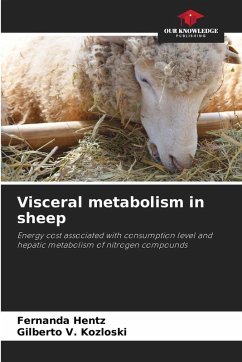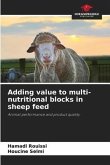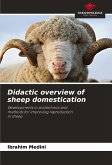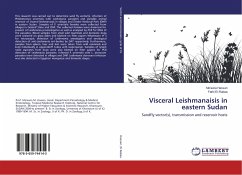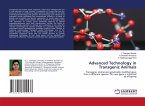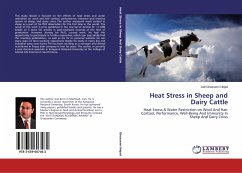The visceral system is represented by the portal system plus the liver. The portal system, in turn, is represented by the gastrointestinal tract (rumen, reticulum, omasum, abomasum, and intestines), pancreas, spleen, and mesenteric adipose tissue. The functions performed by this set of visceral organs have a significant and variable energy and protein cost, either due to the proportions and types of substances that are metabolized by the tissues that compose them, or due to the reactions involved. In fact, the mass of the gastrointestinal tract corresponds to only 5 to 10% of total body mass and consumes approximately 20% of the oxygen used by the body. The liver, on the other hand, despite representing 1 to 3% of total body mass, uses up to 40% of all oxygen consumed by the animal's body. The effect of food consumption levels, as well as mesenteric infusion of ammonium bicarbonate, alanine, and arginine on metabolism and energy demand in the viscera drained by the portal vein and in the liver is presented in this work.
Bitte wählen Sie Ihr Anliegen aus.
Rechnungen
Retourenschein anfordern
Bestellstatus
Storno

